A canine tick collar is a purpose-built accessory for dogs, designed to ward off ticks and fleas. Infused with either chemical or natural agents, these collars act as a shield for pets, maintaining their health. The effectiveness of a canine tick collar is paramount, as it is directly linked to the pet's comfort and health, making it a popular item on Alibaba.com.
Varieties and Features of Canine Tick Collars
The range of canine tick collars encompasses various types to suit different preferences and needs. Some collars employ a slow-release mechanism to offer sustained protection over months, while others provide swift relief for dogs already affected by ticks and fleas. Collars with natural ingredients, like essential oils from citronella or eucalyptus, cater to owners who eschew synthetic chemicals, each designed for specific purposes such as long-term defense, immediate remedy, or organic pest deterrence.
Design and Functionality of Canine Tick Collars
The canine tick collar boasts a clever design that balances effectiveness with safety. Typically, a polymer matrix at the heart of the collar slowly dispenses the active repellent in safe, measured doses over time. The fastening mechanism is crafted to fit snugly without discomfort, and some collars feature a safety release to prevent entanglement or choking hazards.
Materials and Durability
Durable materials like polyester are chosen for their resilience, while cotton is selected for its breathability and gentleness on a dog's skin. Clasps made from alloys or stainless steel offer robustness and rust resistance, ensuring the collar's secure fit. Leather options provide a touch of luxury and are robust enough for the active lifestyle of a dog, striking a balance between practicality, safety, and comfort.
Commercial Use and Practicality
Canine tick collars are essential in the pet care industry. They are particularly useful in dog shelters, where the close proximity of animals heightens the risk of tick infestation, offering an effective and economical solution. Pet boarding services employ these collars to reassure owners of their pets' protection, and in rural settings, working dogs are outfitted with collars to safeguard them from tick-borne illnesses that could impair their health and work capacity.
Roles and Responsibilities
The canine tick collar fulfills several vital roles. Its chief function is to repel and exterminate parasites, while also preventing infestations that can be costly and challenging to eliminate from homes. Certain collars are designed to emit a scent that is agreeable to humans yet repulsive to pests, providing an extra layer of defense and comfort for both the pet and its surroundings.
Attributes and Distinctive Advantages
Features that distinguish some canine tick collars include their hypoallergenic composition for dogs with delicate skin, and adjustable sizes to fit any breed. Their longevity, simplicity of use, and inclusion of natural components are key selling points, appealing to owners concerned about synthetic chemicals on their pets.
Advantages and Favorable Results
Employing a canine tick collar yields numerous advantages. It reduces the pet's discomfort from itching and lowers the risk of disease transmission from ticks and fleas. For owners, it translates to less expenditure on pest control and greater peace of mind. Environmentally, the focused application of pesticides on the collar can diminish the quantity of chemicals dispersed into the surroundings compared to sprays or dips.
Application and Care of a Canine Tick Collar
To maximize the effectiveness of a canine tick collar, it should be fitted around the dog's neck with enough room for two fingers to slide underneath, ensuring it's not overly tight. Excess length should be trimmed to prevent the dog from gnawing on it. Regular inspections for damage or wear and gentle cleaning with a damp cloth are recommended to maintain the collar's condition.
Selecting and Maintaining the Appropriate Collar
Selecting the ideal canine tick collar requires considering the pet's specific needs and living conditions. Dogs that are frequently in water need waterproof collars. For cleaning, it's best to detach the collar before bathing the dog and to avoid harsh detergents that could compromise the collar's materials or active ingredients.
Intended Audience and Satisfaction of Needs
The intended market for canine tick collars is broad, encompassing pet owners in tick-prone regions, those with dogs that are often outdoors, and individuals who prefer preventative pet healthcare. These collars address the needs of such a demographic by offering a straightforward, effective, and non-intrusive method for tick and flea prevention.
What are the precautions when using a canine tick collar?
When utilizing a canine tick collar, it's crucial to watch for any signs of irritation or allergic reactions in the pet. Moreover, the collar should be used as instructed, and not combined with other tick and flea treatments unless a veterinarian advises otherwise.
Are canine tick collars safe for all breeds and sizes?
Canine tick collars are generally safe for a wide range of breeds and sizes, but choosing the appropriate size and type for your pet is essential. Breeds with sensitive skin may need a hypoallergenic variant, and smaller or younger animals might require a collar with a reduced concentration of active substances.
How often should a canine tick collar be replaced?
The lifespan of a canine tick collar varies by brand and model. Typically, collars should be replaced every 6 to 8 months to maintain effective protection. However, adhering to the manufacturer's specific guidelines on replacement is advised.





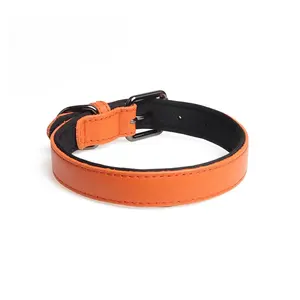
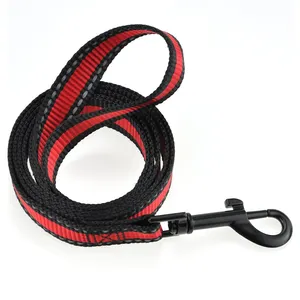



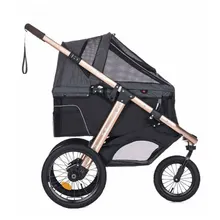
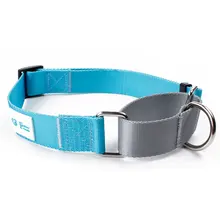




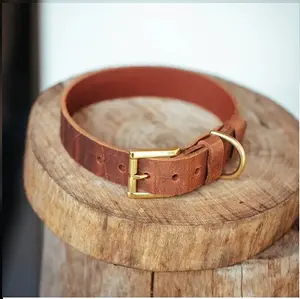

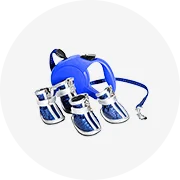








 浙公网安备 33010002000092号
浙公网安备 33010002000092号 浙B2-20120091-4
浙B2-20120091-4